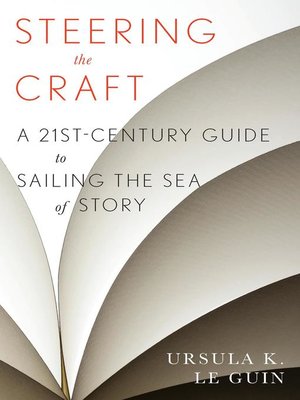

STEERING THE CRAFT would be a good workbook for a class or club of very young writers.

She even teaches how to critique each exercise if you’re working in a group. They are meaty, interesting, and would be valuable for writers at all levels to do. They are not your standard “warm up” exercises assigned in a typical writing class. They are the best part of the book, and probably the entire point of it. The examples Le Guin uses are all from nineteenth-century classics you remember from high school English class not something contemporary writers can relate to or aspire toward. Most MFA programs treat plot like a dirty word. Like when she says, “Plot is much discussed in literature and writing courses, and action so highly valued…” Not in my experience. At other times, it takes her pages and pages to make a simple point like “vary the length of your sentences.” Some of her statements are just head-scratching. However, Le Guin never goes beyond a simple definition into the advantages of using one over the other.

For example, any serious writer already knows the difference between first and third person point of view. The problem is, STEERING THE CRAFT is way too basic. STEERING THE CRAFT is a workbook, with exercises that are meant to be done in sequence, preferably with a critique group. This isn’t “Ten Rules for a Quick Bestseller.” This is the real thing, meant to help writers dive in deeply and become fully engaged. Le Guin’s love for writing comes through the page and it’s clear she understands how much dedication it takes. More importantly, she treats her audience as if they are her peers. Le Guin has opinions and isn’t afraid to share them, but her advice is practical and backed with examples. How-to books by famous writers are often vague at best and condescending at worst.


 0 kommentar(er)
0 kommentar(er)
